In the Joint Economic Forecast, Germany’s government advisors warned of a contraction in the economy next year in case of a full halt in Russian natural gas imports. Inflation could also be pushed further the post-war record.
In the baseline scenarios, GDP is estimated to grow 2.7% in 2022 (revised down from fall report’s 4.8%), and 3.1% in 2023 (revised up from 1.9%). Inflation is forecast to hit 6.1% in 2022, highest number in 40 years, then slow to 2.8% in 2023.
However, in case of a Russian energy supply stop, GDP would growth only 1.9% in 2022, and then contract -2.2% in 2023. Inflation will rise further to 7.3% in 2022, a record-high in post-war Germany, then slow to 5% in 2023.
“If gas supplies were to be cut off, the German economy would undergo a sharp recession. In terms of economic policy, it would then be important to support marketable production structures without halting structural change. This change will accelerate for gas-intensive industries even without a boycott, as dependence on Russian supplies, which have been available at favorable prices up to now, is to be overcome quickly anyway,”Stefan Kooths, vice president of the Kiel Institute for the World Economy said.
“Policymakers should be careful not to provide poorly targeted transfers to cushion high energy prices. If such support schemes are handed out on a wide front, it will further drive up inflation and undermine the important signaling effect of higher energy prices. This in turn exacerbates the problems of low-income households and increases overall economic costs.”
Full release here.





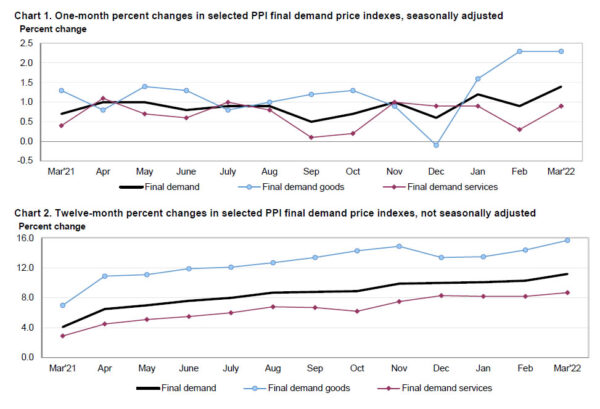
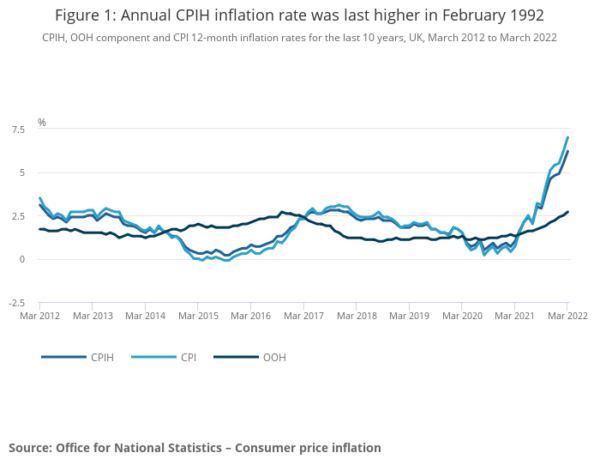
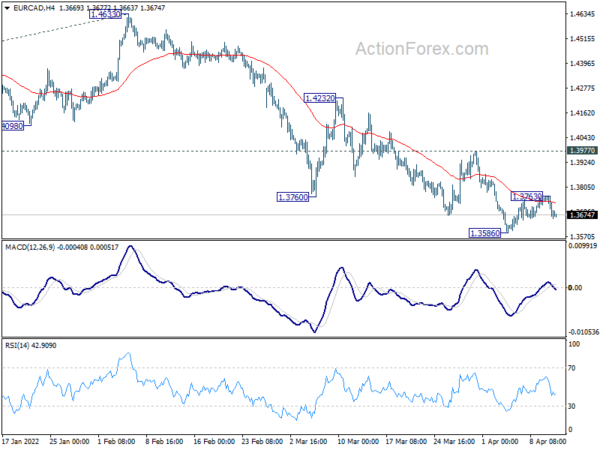
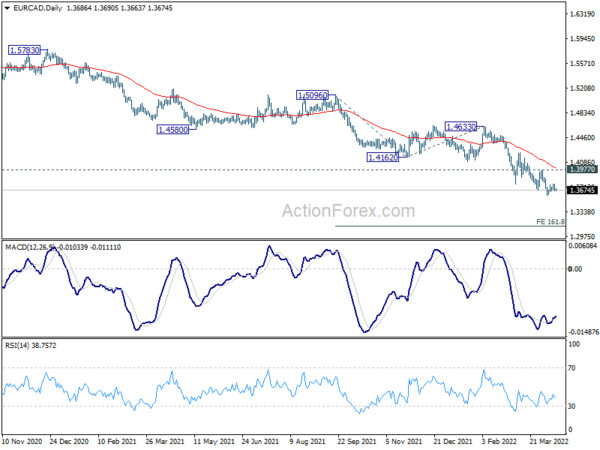
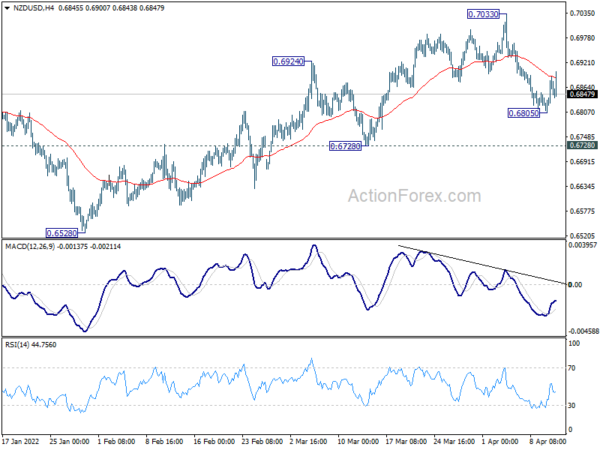
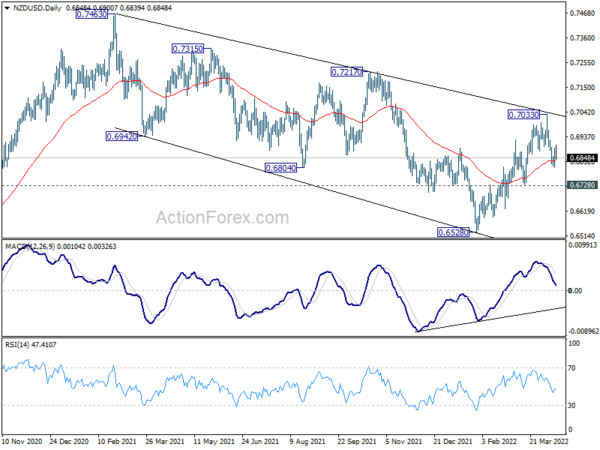
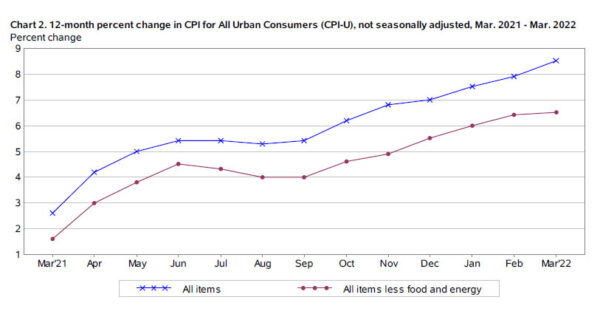
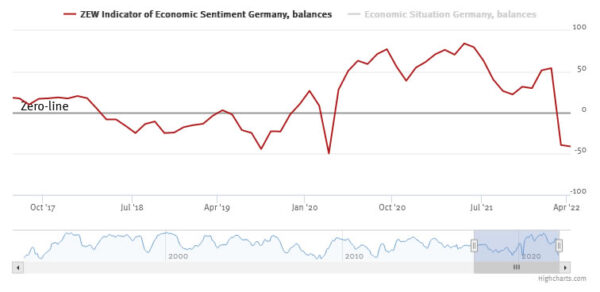
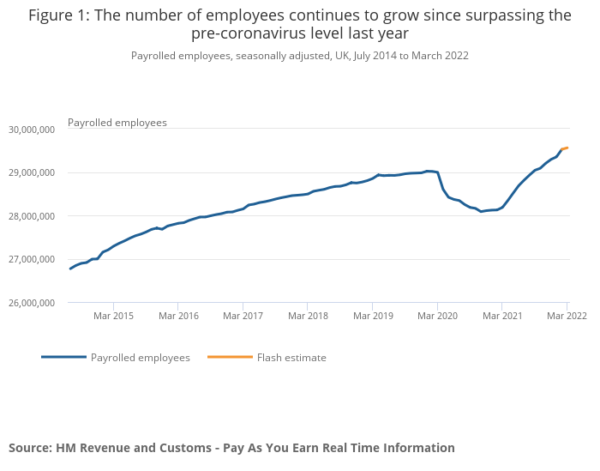
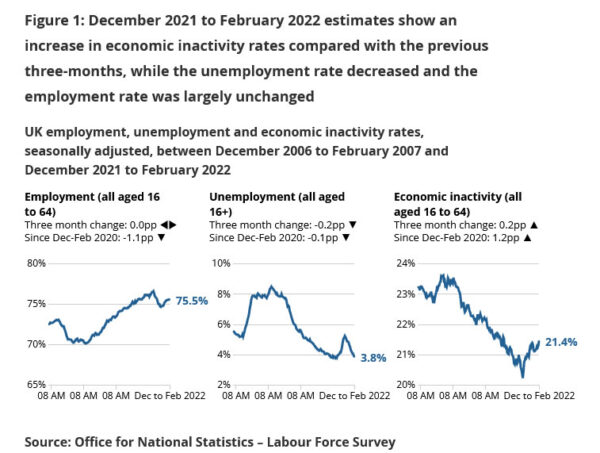
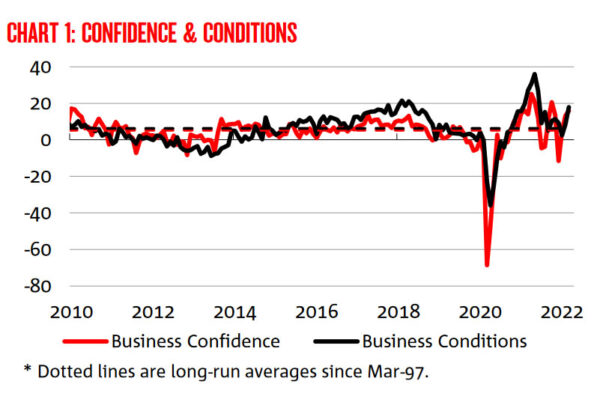

New Zealand BNZ manufacturing rose to 53.8
New Zealand BNZ Performance of Manufacturing Index rose slightly from 53.6 to 53.8 in March. Production dropped from 51.7 to 50.9. Employment rose from 52.0 to 52.4. New orders rose from 58.6 to 61.0. Finished stocks rose from 50.2 to 53.5. Deliveries dropped from 53.1 to 51.9.
BNZ Senior Economist, Doug Steel stated that “Omicron’s impact may not be as harsh as the first 2020 COVID lockdown or last year’s Delta lockdown, but it’s there. Production has struggled, with the index slipping to 50.9 in March and a bit further below its long-term average.”
Full release here.